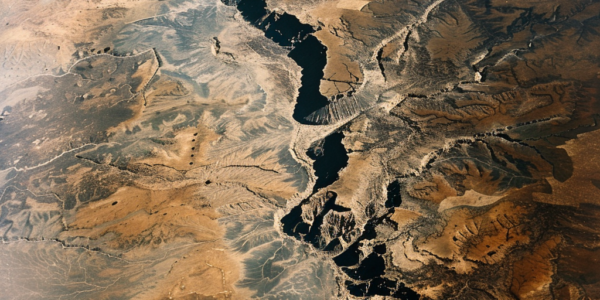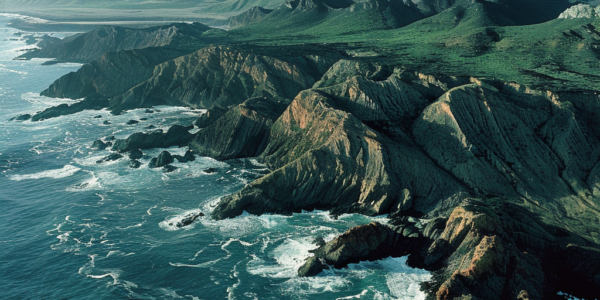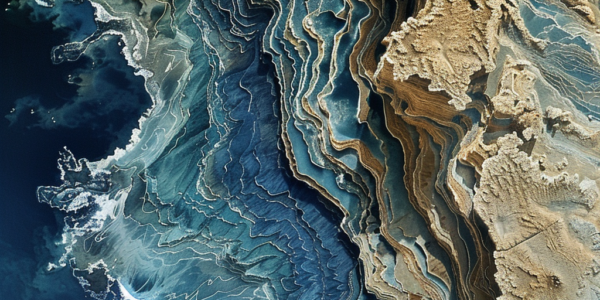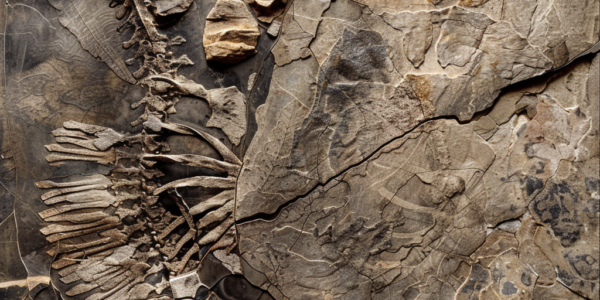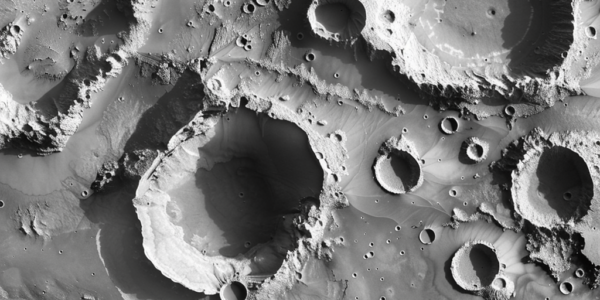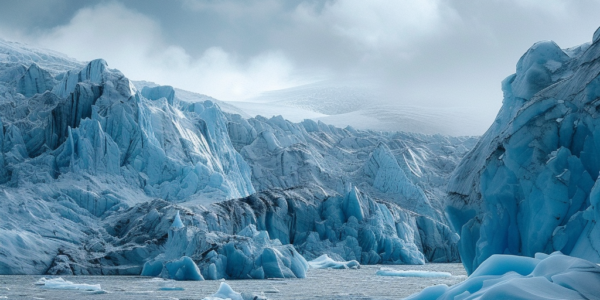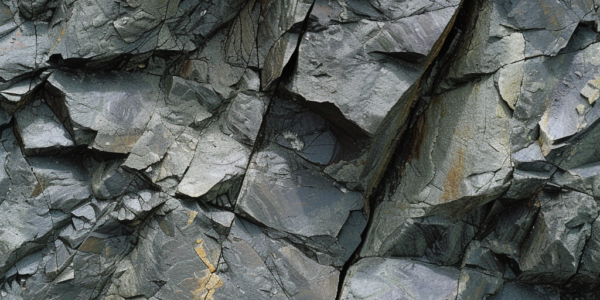Geologists Discover Potential for Creation of Sixth Ocean in Africa
Geologists have discovered a rare geological phenomenon in the African continent’s rift in the Afar Triangle that could potentially lead to the creation of the world’s sixth ocean in the next 5 to 10 million years. This groundbreaking discovery sheds light on the dynamic nature of our planet’s geology and the potential evolution of its landforms over millennia.
Strange Structures Discovered in the Pacific Could Revolutionize Our Understanding of Earth’s History
A recent study led by geophysicist Simon Lamb and scientist Cornel de Ronde has revealed surprising findings that could revolutionize our understanding of the Earth’s early history and the origins of life. The research focuses on remote sites in South Africa’s Barberton Greenstone Belt and the seafloor off the coast of New Zealand, suggesting that these locations hold the key to unraveling the mysteries of the planet’s infancy. The study challenges the traditional view of the early Earth as a fiery ball of molten magma, proposing instead that the young planet was constantly rocked by large earthquakes triggered by tectonic plate movements in a subduction zone. These groundbreaking findings could potentially reshape our understanding of Earth’s geological history and provide unexpected insights into the origins of life on our planet.
Subduction Zone Below Gibraltar Strait Could Form New ‘Ring of Fire’ in Atlantic Ocean, Study Suggests
A new study suggests that a subduction zone below the Gibraltar Strait could potentially awaken and form a new ‘Ring of Fire’ in the Atlantic Ocean. The study, published in the journal Geology, highlights the significance of studying the Gibraltar arc in its early stages to observe the subduction process. This research provides valuable insights into potential geological changes that could occur in the distant future, shedding light on the early stages of subduction zone formation and its impact on oceanic dynamics.
Earth’s Crust Flipped Upside Down Beneath Mediterranean
Earth’s crust has flipped upside down beneath the Mediterranean as Africa and Eurasia collide, leading to rare, deep earthquakes in Spain. Geologists suggest that the capsized tectonic slab may be responsible for the seismic activity. The sinking of the Mediterranean floor beneath Europe is causing the crust to become more prone to earthquakes, as explained by a new study.
Clarkia Middle Miocene Fossil Site: A Key to Understanding Life Beyond Earth
Researchers have been studying the Clarkia Middle Miocene Fossil Site in Idaho, which has provided valuable insights into ancient environmental conditions and the potential for life on Mars. The well-preserved fossils dating back over 11 million years have become a focal point for studying the potential for life on other planets, particularly Mars. The site’s sediments have been used to study biomarkers, offering valuable information about Earth’s history and ancient environmental conditions on Mars. The research conducted at the site represents a significant step forward in our understanding of potential life beyond Earth, paving the way for new insights into the search for extraterrestrial life.
Mars May Have Experienced Precursor to Plate Tectonics, Study Suggests
Recent study suggests Mars may have experienced precursor to plate tectonics, indicated by pervasive volcanoes and distinct rock types. Researchers focused on Eridania Basins in Mars’ southern hemisphere, identifying numerous volcanic features and high felsic materials. Findings offer valuable insights into early geological processes on Mars and provide comparative perspective on planetary evolution.
Research Suggests Global Decrease in Carbon Dioxide Emissions Caused Earth’s Longest Ice Age
Recent research from the University of Sydney suggests that Earth’s longest ice age, known as Snowball Earth, may have been caused by a global decrease in carbon dioxide emissions. The study sheds light on the significant influence of geological processes on Earth’s historical climate patterns and offers insights into the impact of human activities on carbon dioxide levels in the atmosphere.
Breakthrough in Understanding Tectonic Plate Behavior in Subduction Zones
Researchers from Penn State University and Brown University have made a significant breakthrough in understanding the behavior of tectonic plates in subduction zones between earthquakes. By studying ancient rocks from subduction zones in Alaska and Japan, the team has developed…
Study Reveals Ancient Origins of Earth’s Continents
Scientists have long been puzzled by the formation of the Earth’s continents, and a new study from the University of British Columbia sheds light on this ancient mystery. The study reveals that the first continents were likely formed through the…
New Seismic Data Challenges Existing Models of Himalayan Formation
Recent seismic data collected from southern Tibet has revealed a surprising insight into the forces shaping the Himalayas. Geologists have long debated the mechanisms driving the growth of the world’s highest mountains, and the latest analysis challenges existing models. At…

